 Limited Edition Golden Llama is here! Check out how you can get one.
Limited Edition Golden Llama is here! Check out how you can get one.  Limited Edition Golden Llama is here! Check out how you can get one.
Limited Edition Golden Llama is here! Check out how you can get one.
 Offering SPR-BLI Services - Proteins provided for free!
Offering SPR-BLI Services - Proteins provided for free!  Offering SPR-BLI Services - Proteins provided for free!
Offering SPR-BLI Services - Proteins provided for free!
 Here come GMP Grade Cytokines!Free Sample is available!
Here come GMP Grade Cytokines!Free Sample is available!  Here come GMP Grade Cytokines!Free Sample is available!
Here come GMP Grade Cytokines!Free Sample is available!
> MHC Complex Custom Service
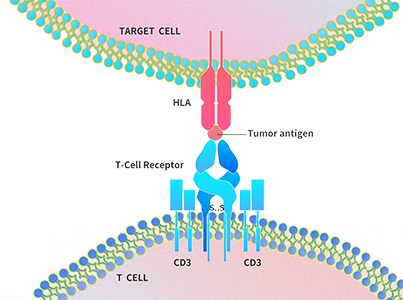
![]() Eukaryotic expression platform for a eukaryotic-based conformation
Eukaryotic expression platform for a eukaryotic-based conformation
![]() Professional MHC-peptide complex R&D technology platform
Professional MHC-peptide complex R&D technology platform
![]() Various types of MHC I and antigens are available
Various types of MHC I and antigens are available
![]() Mature bioactivity verification platform: SPR/ELISA/FACS and more
Mature bioactivity verification platform: SPR/ELISA/FACS and more
![]() Co-expression of heterodimer results in a more natural conformation
Co-expression of heterodimer results in a more natural conformation
![]() Monomer/Tetramer forms
Monomer/Tetramer forms
![]() FITC/PE/APC/Biotin-labeled are optional
FITC/PE/APC/Biotin-labeled are optional




| MHC Allele | |||||||
|---|---|---|---|---|---|---|---|
| Human classical MHC class I | Human classical MHC II | Mouse | Monkey | ||||
| Antigens |
|---|
Bioactivity
Homogeneity
Stability
Competitive Data
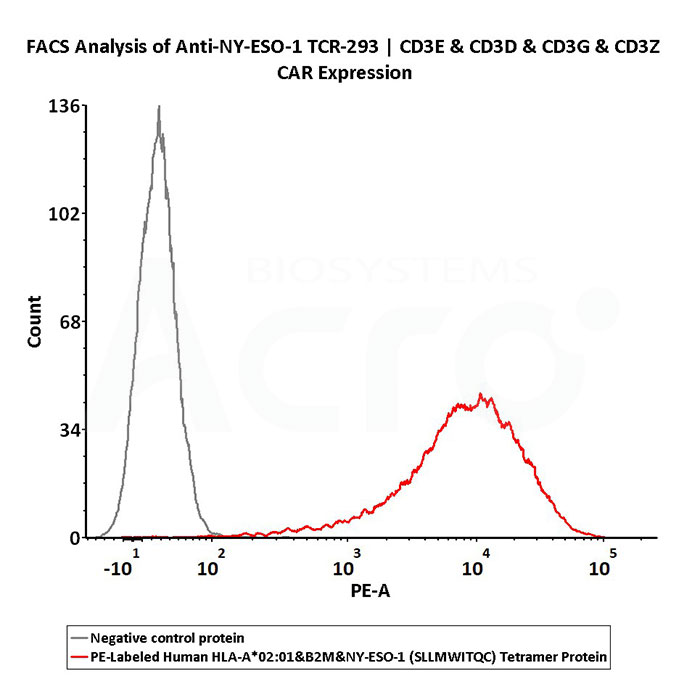
PE-Labeled Human HLA-A*02:01&B2M&NY-ESO-1 (SLLMWITQC) Tetramer Protein (Cat. No. HL1-HP2E5) and negative control protein were first diluted in a 1:25 dilution ratio with FACS buffer. Staining was performed using 100 µL of working solution to 5e5 anti-NY-ESO-1 TCR-293 cells. Binding activity was evaluated based on PE signal intensity (QC tested).
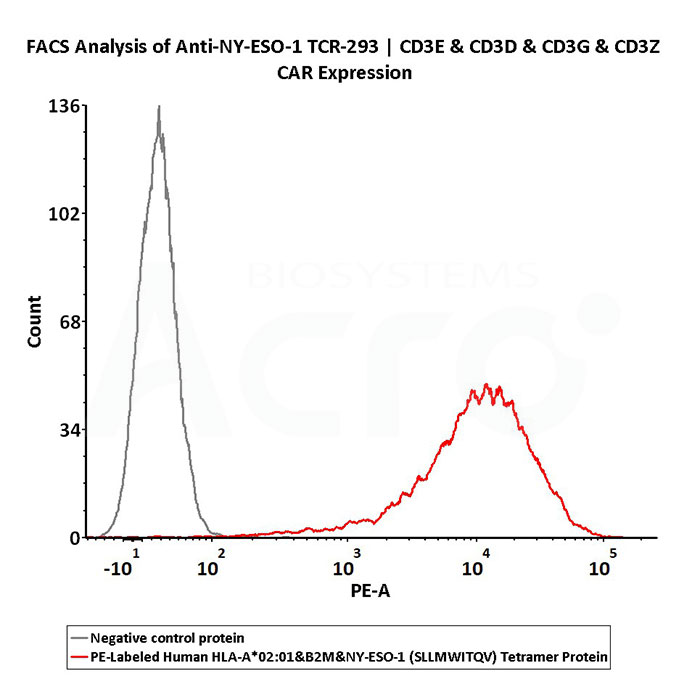
PE-Labeled Human HLA-A*02:01&B2M&NY-ESO-1 (SLLMWITQV) Tetramer Protein (Cat. No. HL1-HP2E6) and negative control protein were first diluted in a 1:25 dilution ratio with FACS buffer. Staining was performed using 100 µL of working solution to 5e5 anti-NY-ESO-1 TCR-293 cells. Binding activity was evaluated based on PE signal intensity (QC tested).

Immobilized Biotinylated Human HLA-A*02:01&B2M&NY-ESO-1 (SLLMWITQC) Complex Protein (Cat. No. HL1-H82E6) at 1 μg/mL (100 μL/well) on streptavidin (Cat. No. STN-N5116) precoated (0.5 μg/well) plate can bind Anti-NY-ESO-1 Antibody, Human IgG1 with a linear range of 0.1-8 ng/mL (QC tested).
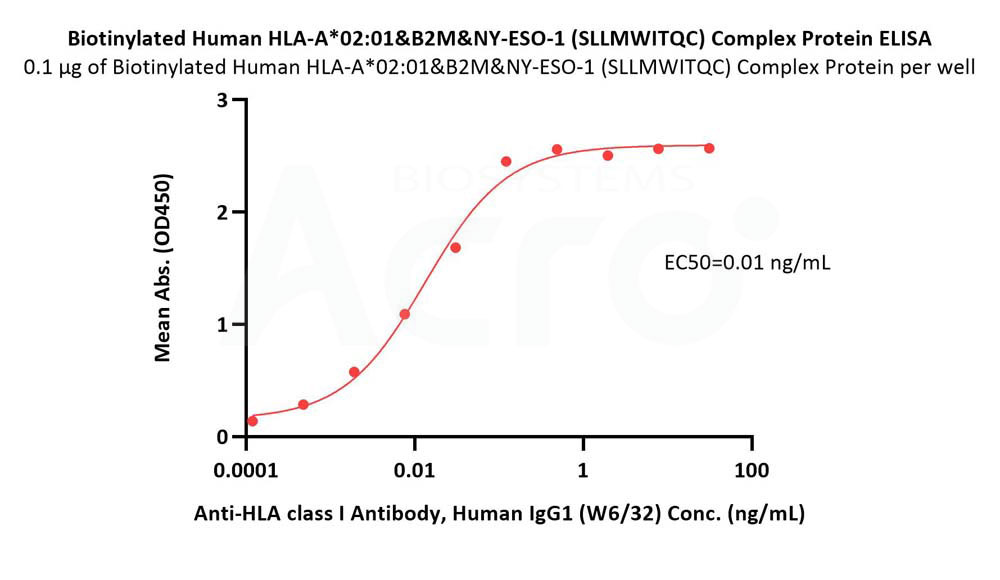
Immobilized Biotinylated Human HLA-A*02:01&B2M&NY-ESO-1 (SLLMWITQC) Complex Protein (Cat. No. HL1-H82E6) at 1 μg/mL (100 μL/well) on streptavidin (Cat. No. STN-N5116) precoated (0.5 μg/well) plate can bind Anti-HLA class I Antibody, Human IgG1 (W6/32) with a linear range of 0.1-1 ng/mL (Routinely tested).

Anti-HLA class I Antibody, Human IgG1 (W6/32) captured on Protein A Chip can bind Human HLA-A*11:01&B2M&KRASG12D (VVGADGVGK) Complex Protein (Cat. No. HLD-H52H4) with an affinity constant of 1.06 nM as determined in a SPR assay (Biacore 8K) (Routinely tested).

Performance of PE-labeled Human HLA-A*02:01&B2M&NY-ESO-1 (SLLMWITQC) Tetramer from ACROBiosystems (Cat. No. HL1-HP2E5) and other brand were evaluated by flow cytometry under the manufacturer’s recommended conditions. ACROBiosystems’ PE-Labeled NY-ESO-1 Tetramer Protein shows 3x higher MFI signal strength than competitor M, revealing much better TCR binding.

Performance of PE-labeled Human HLA-A*02:01&B2M&NY-ESO-1 (SLLMWITQV) Tetramer from ACROBiosystems (Cat. No. HL1-HP2E6) and other brand were evaluated by flow cytometry under the manufacturer’s recommended conditions. ACROBiosystems’ PE-Labeled NY-ESO-1 Tetramer Protein shows 2x higher MFI signal strength than competitor M, revealing much better TCR binding.
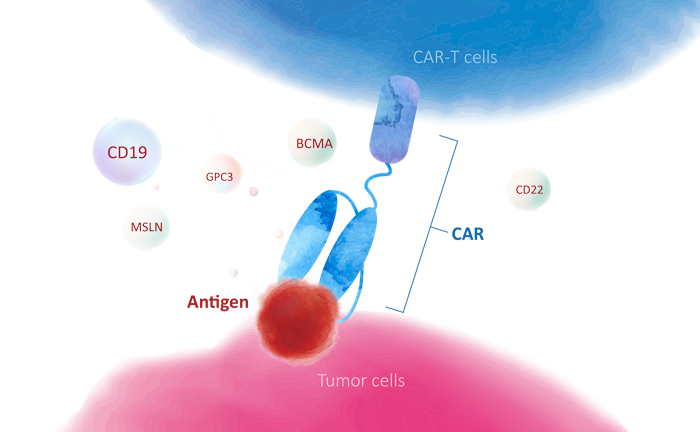
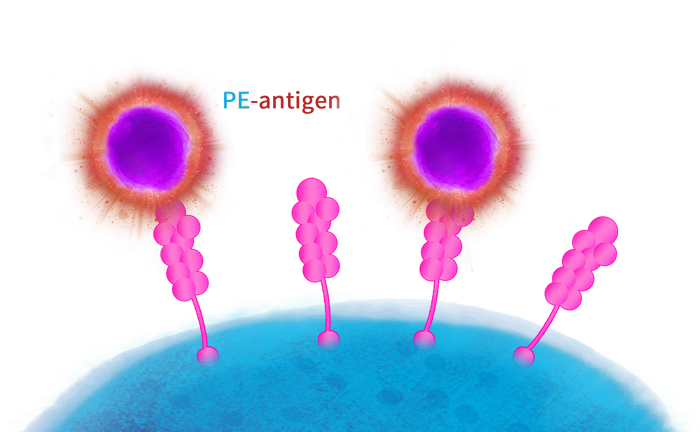
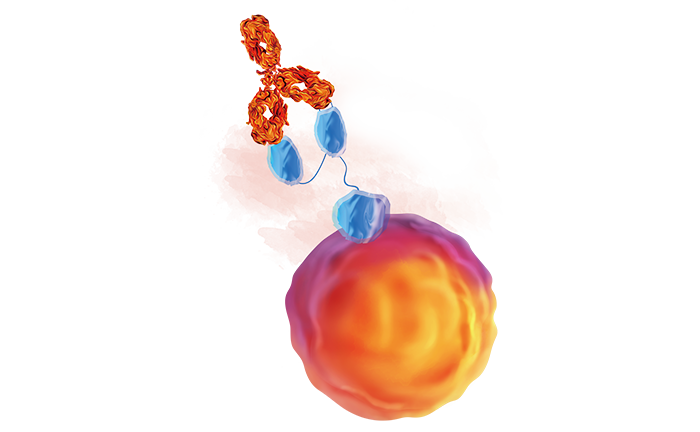

This web search service is supported by Google Inc.
